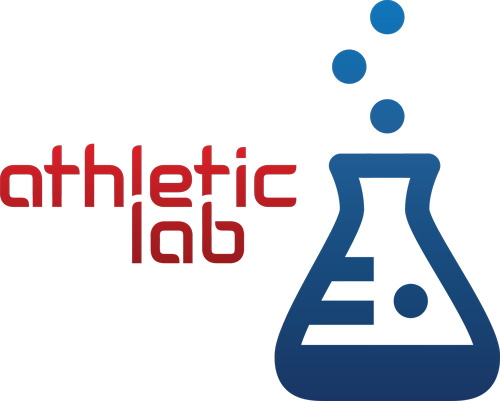Written by Suzanne Blakeney PT, DPT, CSCS
A growing trend in recovery and preventative care has been the use of cryotanks, specifically whole-body cryotherapy (WBC) to treat a growing list of conditions ranging from diabetes to regular delayed onset soreness. Numerous clinics have sprung up everywhere touting the health benefits of exposing your body to significantly sub-zero temperatures for short periods of time. But is there anything to these claims? Can cryotherapy treat depression, obesity, and inflammation all in the short span of three minutes?
The theory behind WBC is simple enough. Exposing the body to sometimes -200 to -300 degrees below zero is meant to initiate the sympathetic nervous system, which then shocks the circulatory system into constriction and dilation. This process theoretically reduces inflammatory markers in the tissues causing pain and dysfunction. The extreme temperature and sympathetic/parasympathetic reaction also supposedly stimulates the neuro-muscular systems to release “positive immune responses and digestive hormone” ; which is why the therapy is used to treat various illnesses as well as weight control and diabetes treatment.
In theory and in some animal testing, these results have been accurate and follow expected physiological pathways. Unfortunately the most recent evidence in human studies is inconclusive at best, with most studies finding little to no changes in biological markers for most of the claims that WBC touts. As a trend, WBC is mostly used for performance measures to decrease inflammation and boost recovery times. However a recent Cochrane review performed a meta-analysis of four previous studies and found “insufficient evidence” to support its use. There are also more far-fetched claims of using WBC to burn hundreds of calories at any one time, or to improve diabetes markers or depression. Again the evidence brought to bear on these studies provide only shaky correlations that are insufficient for any claims.
At this time the FDA has not approved or cleared any WBC devices due to the lack of necessary evidence to substantiate any medical claims. Cryotherapy research is popular, as scientists are trying to dial in on the specific biological markers for each claim. Further, research is expanding to include more diverse populations and applications, which may also change the current body of evidence. At this time however, cryotherapy is a novel idea that does promote some changes to skin temperature and well-being; however this is more likely due to responses of adrenaline of being dunked into sub-zero temperature than any true healing touch. Once again, and as in all things in medicine, if it sounds too good to be true… it probably is.
About the Author
Suzanne Blakeney graduated from James Madison University with a B.S. in Kinesiology/Exercise Science in 2008. She earned her doctorate in Physical Therapy at Shenandoah University in 2012, which included clinical work in the sports therapy departments of the Lewis Gale Medical Center in Roanoke, Virginia, and Wake Forest Baptist Medical Center in Winston-Salem, North Carolina. Suzanne has earned her Strength and Conditioning Specialist certification from the NSCA as well as certifications in Functional Movement Screening (FMS), ImPact concussion testing and rehabilitation and Dry Needling.
Prior to joining Raleigh Orthopaedic Clinic in 2013, Suzanne began specializing in Sports Medicine as well as Neuro-Vestibular rehabilitation. Her early work with Raleigh Orthopaedic allowed her to focus on general outpatient orthopedics and sports rehab. Her work with Raleigh Orthopedic Performance Center gives her the opportunity to use her sports rehabilitation and training expertise with a wide range of active individuals. She has special interests in running, swimming, soccer, and hip injuries and has treated clientele for both chronic and acute injuries related to everyday life and sports.









